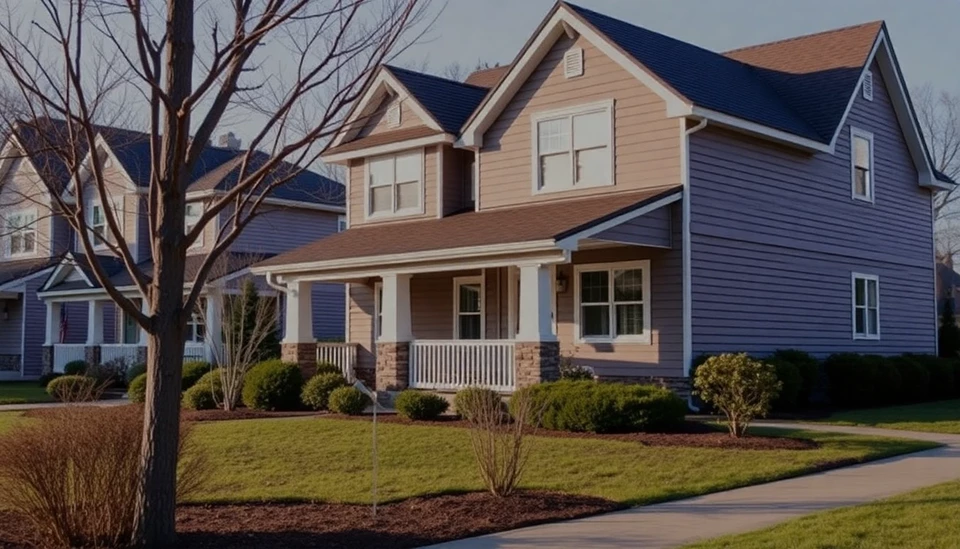
Recent data reveals a notable shift in the demographics of homebuyers in the United States, highlighting that the typical buyer is increasingly likely to be older, unmarried, and predominantly female. This transformation in the housing market raises questions about the factors influencing these trends and what implications they may have for real estate dynamics across the nation.
According to the latest report from the National Association of Realtors (NAR), the profile of the average homebuyer has changed significantly. Data indicates that women are now making up a larger portion of the buyer pool than ever before. Specifically, the report highlights that nearly 60% of single buyers are females. This demographic shift suggests that women are not only entering the housing market in greater numbers but are also increasingly taking the lead in home purchasing decisions.
One of the contributing factors to this trend is the aging population of homebuyers. The report indicates that the average age of first-time homebuyers has risen, with many individuals opting to buy homes later in life. This delay can be attributed to several reasons, including financial stability, changing societal norms, and the evolving nature of relationships. As more women are choosing to remain single or invest in their independence, their presence in the housing market has become more pronounced.
An economic landscape marked by changing job markets and shifting earning potentials has likewise played a role in shaping the experiences of these buyers. With more women entering the workforce and achieving higher levels of education and income, they possess greater financial independence and confidence in making significant life decisions, such as purchasing a home.
The dynamics of the real estate market are also evolving as a result of these demographic changes. Real estate agents and developers are now adapting their strategies to cater to this emerging group of buyers. Given their preferences, many are focusing on providing housing options that meet the needs of single women, including smaller homes, condominiums, and community-focused living spaces that offer both safety and social connectivity.
In addition, the growing acceptance of remote work has empowered many potential buyers to consider geographical flexibility. This has allowed individuals—especially women who may prioritize their careers—an expanded choice in housing markets, leading to an exploration of suburban and rural areas, where they can find more affordable options compared to urban centers.
The implications of these trends are vast, impacting everything from housing supply and demand to the types of amenities and services offered in communities. As the market adapts, it will be critical for stakeholders to understand the unique desires and needs of these buyers, as they represent a significant segment of the future housing landscape.
In conclusion, the evolving trends in the U.S. housing market reflect the changing social fabric of the nation. With older, single women becoming the face of homebuying, real estate professionals must be attuned to these shifts to better serve and cater to this growing demographic. As society continues to adapt, so too will the housing market, paving the way for innovative approaches and solutions tailored to the new generation of homebuyers.
#HomeBuyingTrends #WomenInRealEstate #SingleHomebuyers #HousingMarketShift #RealEstateNews #DemographicChanges #WomenEmpowerment
Author: Samuel Brooks
